Last Updated on June 16, 2025 by Aram Vardanyan
It always amazes me how undiscovered Ashtarak is, particularly in the older part of the city.
It is not uncommon to be able to get lost in its narrow streets, stumble upon monuments, and see old homes with traditional Armenian architecture. Perhaps this is part of the allure of Ashtarak…
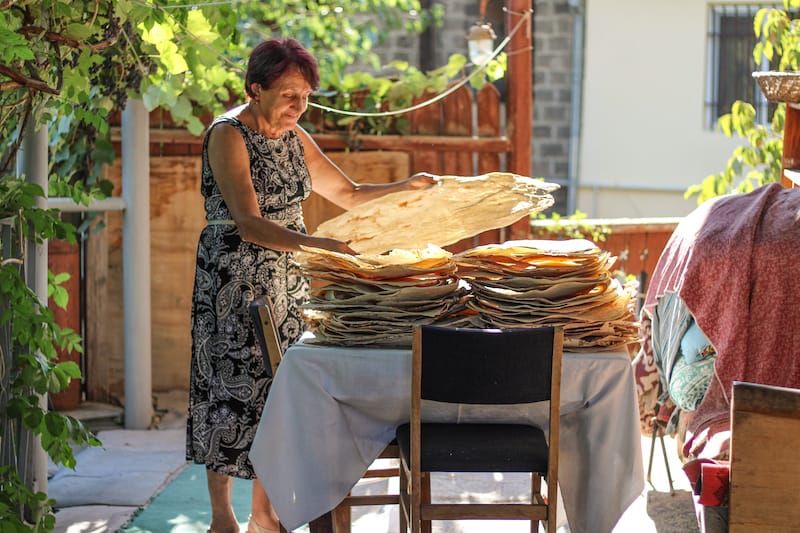
On each of these narrow and charming streets, you can find homes that were built more than 150 years ago and each one of them has its own story and history.
After I had a chance to eat tabbouleh at Old Ashtarak Restaurant, I ventured off to an old, historical house called Tatoents Qotuk. It offered an authentic interior, complete with an underground, seven-arched cellar, and so much more!
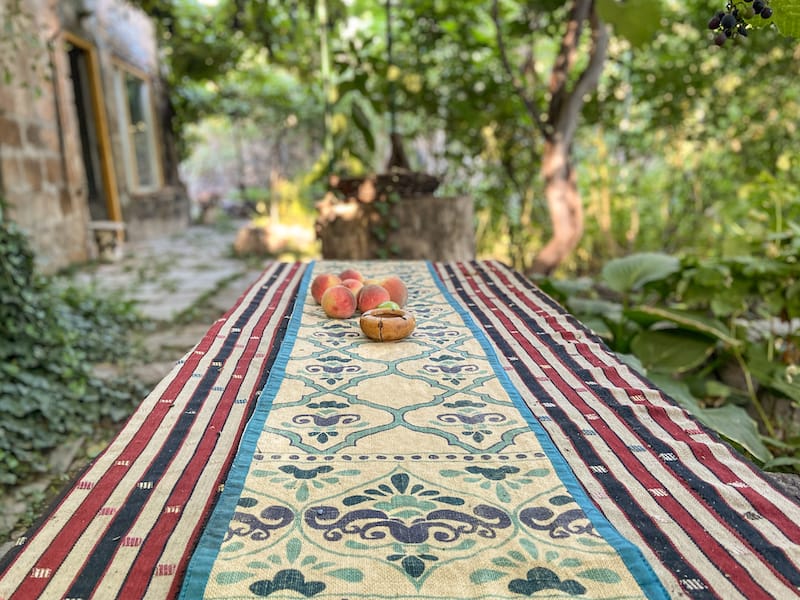
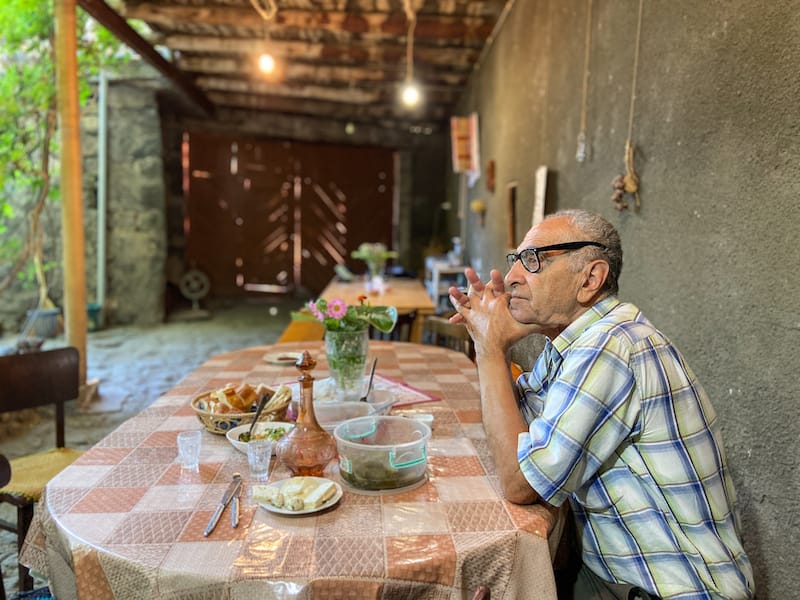
In order to get to Tatoents Qotuk, I had to drive a bit through the Ashtarak city center and onto one of those aforementioned small, narrow streets. I wound up arriving and walking through an old wooden door into a lush, green garden.
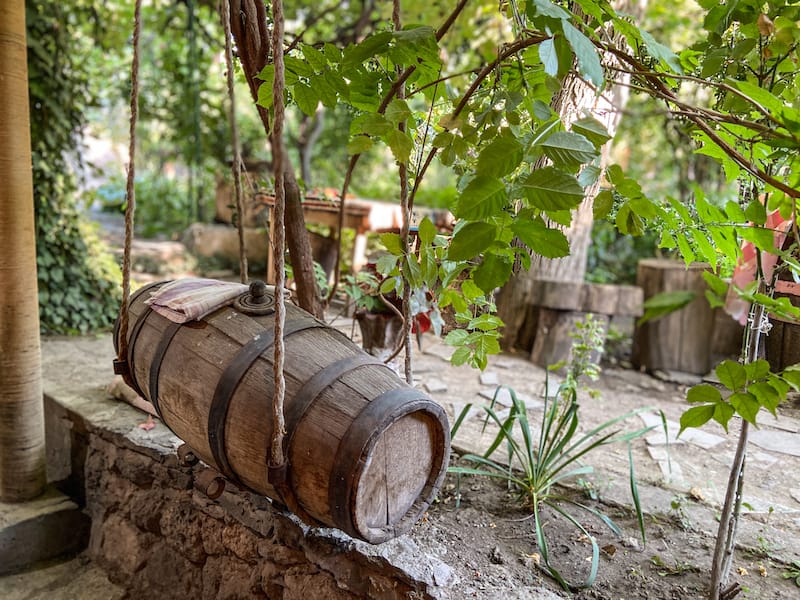
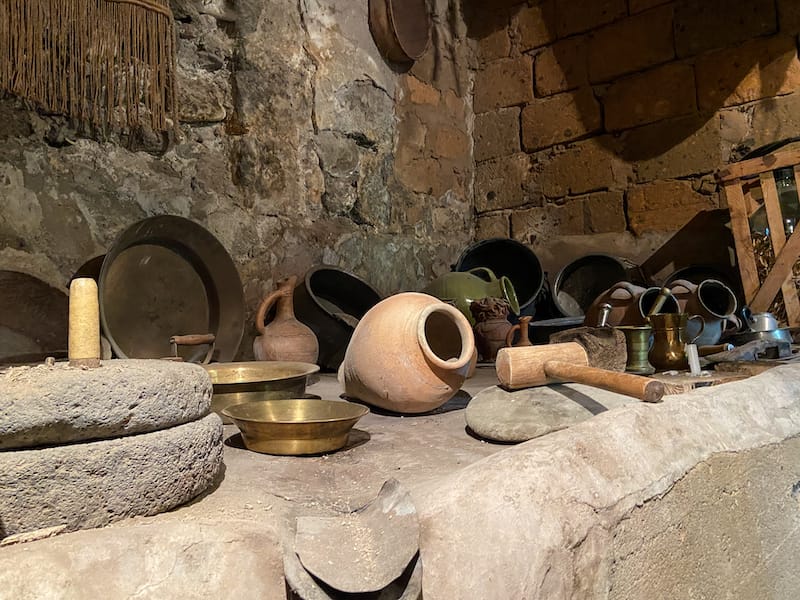
I was quickly met by Hripsime and her husband, Arsen, who invited me for a quick coffee before the experience was to begin!
History of the Tatoents Qotuk House
It turns out that the Tatoents Qotuk house is the oldest house in Ashtarak that is still being lived in! It is almost 200 years old and back in 2001, along with help from Karen (their son), Hripsime and Arsen turned the place into a family historical restaurant where visitors can participate in cooking classes of sujukh, Armenian tolma, and pickles.
The house was constructed by the great, great-grandfather of Hripsime and her promise to her family was that she would keep the home intact, safe, and ready to be passed down to future generations.
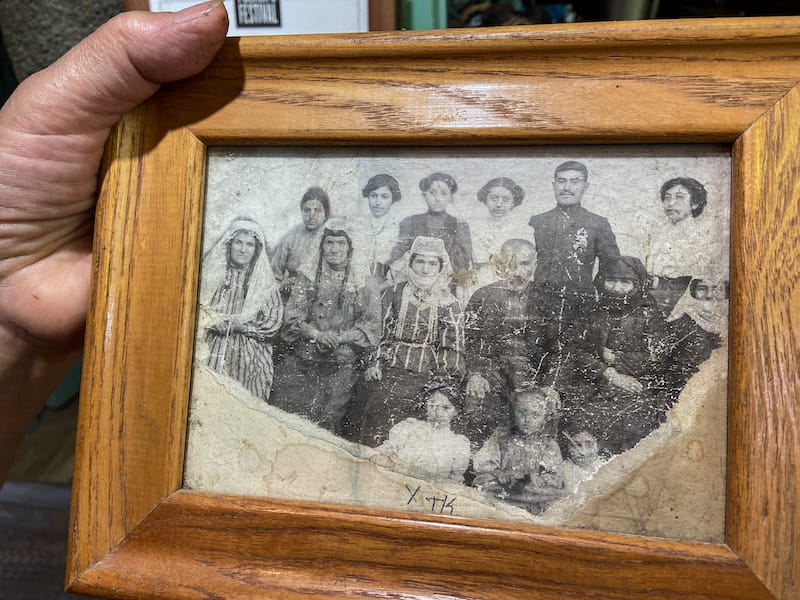
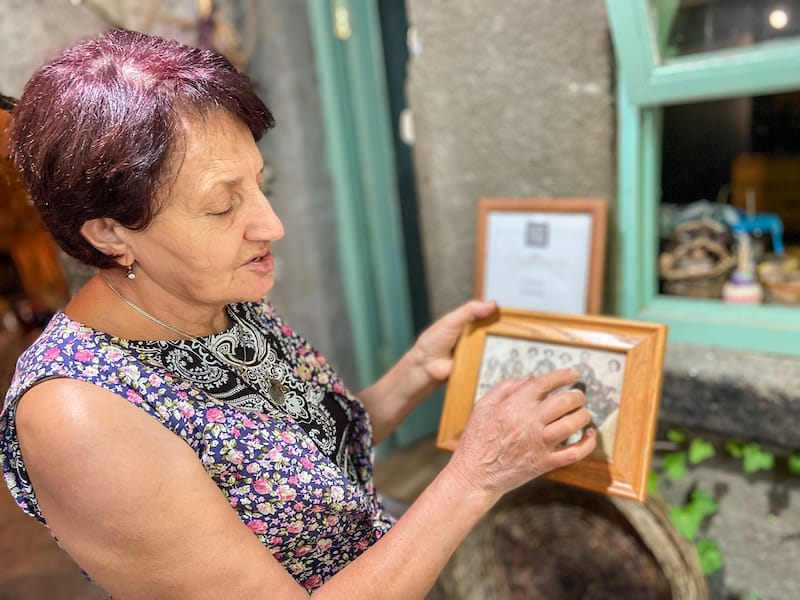
What truly fascinated me was that the garden at the home contained archaeological remains and Hripsime told me that several years ago, archaeologists discovered Medieval cellars there, among other things.
It really transplanted me to another era as I walked around the property and outside of it being an archaeological site, it was so cool to see a family harmoniously living here, drinking homemade wine and dining in the 200-year-old cellar.
The name Tatoents Qotuk literally means ‘tree trunk of Tato’, which was the name of a person who was the head of the family and had a family at a relatively young age.
Learning How to Make Sweet Sujukh
It was time to make Armenian sweet sujukh! At this point, all of my attention was diverted to our next project – making one of Armenia’s most famous sweet treats. The original name for the Armenian dish sujukh is actually ‘sharots’.
Hripsime’s grandmother passed down all of her secrets and ways to present her dishes and I was so stoked to learn more and to help her make some sujukh!
The usual ingredients in Armenian (sweet) sujukh are:
- Walnut halves
- Grape juice
- Molasses from grapes (optional)
- Flour
- Cornstarch
- Bit of sugar (optional)
- Ground cinnamon
- Ground cloves
- Ground nutmeg
First of all, you need to know that Ashtarak is famous for its top-notch tree nuts. And because of this, I knew that this was the place to make sujukh and take advantage of those delicious and in-season walnuts!
When we started, Hripsime brought out an old pot that she took with her to Washington DC when she was invited to cook at 2018’s Smithsonian Folklife Festival.
The atmosphere and the surroundings were so authentic, and the wood fire made the experience that much more wonderful!
Every time one ingredient was mixed with another, Hripsime explained to me as though she were a kid hearing the exact same steps from her grandmother. It felt like such a personal and emotional story, and it truly engaged me in what she was doing.
It also made me realize the importance of connection as these recipes and walk-throughs made their way down her family tree.
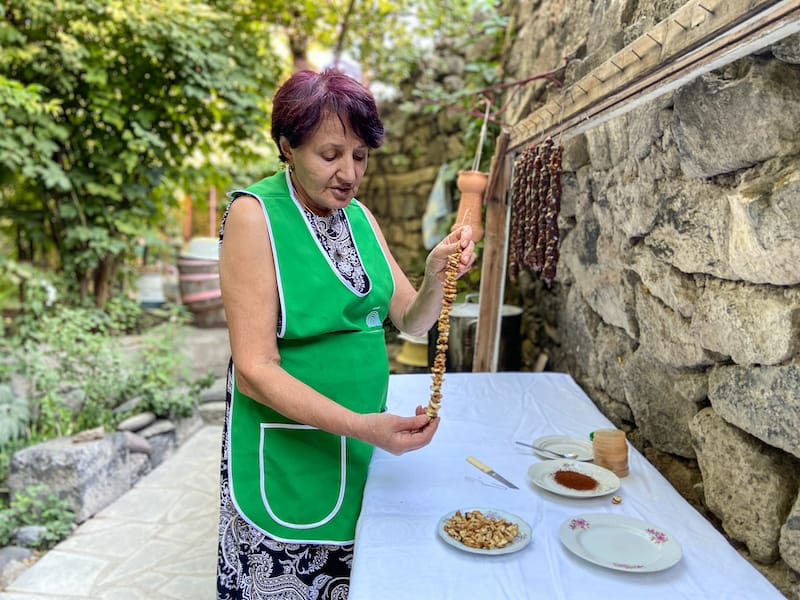
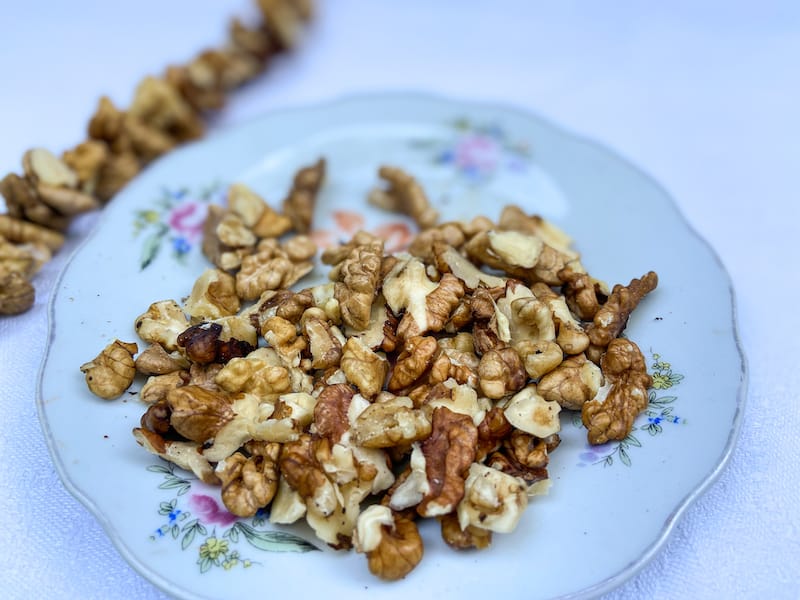
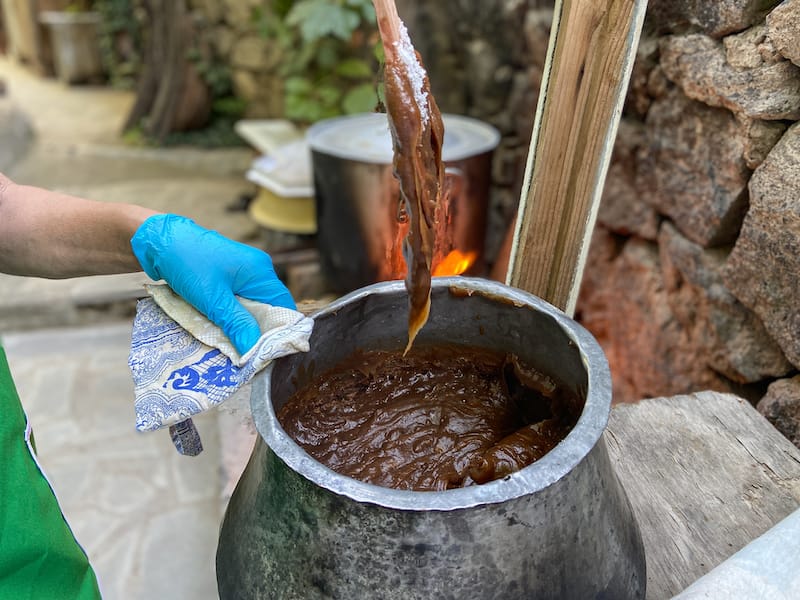
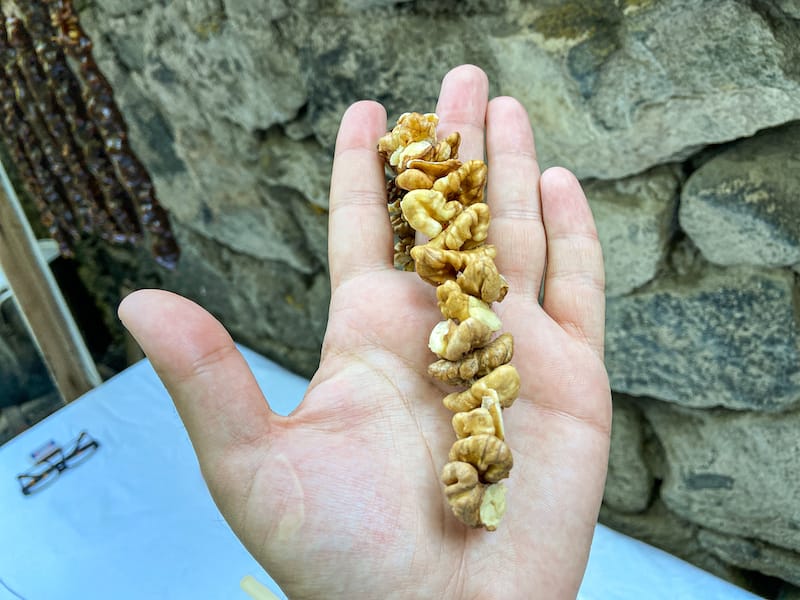
Next, she showed me how to assemble the walnuts on a string through a needle and when the syrup (shpot) was hot enough and boiling, she dipped them into it and hung them up to dry.
It was a really interesting process (and one I was confident would produce delicious results)!
I realized just how important it is to have people like Hripsime in Armenia (and across the world) who can pass down these cultural traditions and recipes to future generations.
It makes us appreciate the simplicity of making something by hand and with our heart in a world where everything seems to be done the ‘fast way’ and one that is void of emotion and passion.
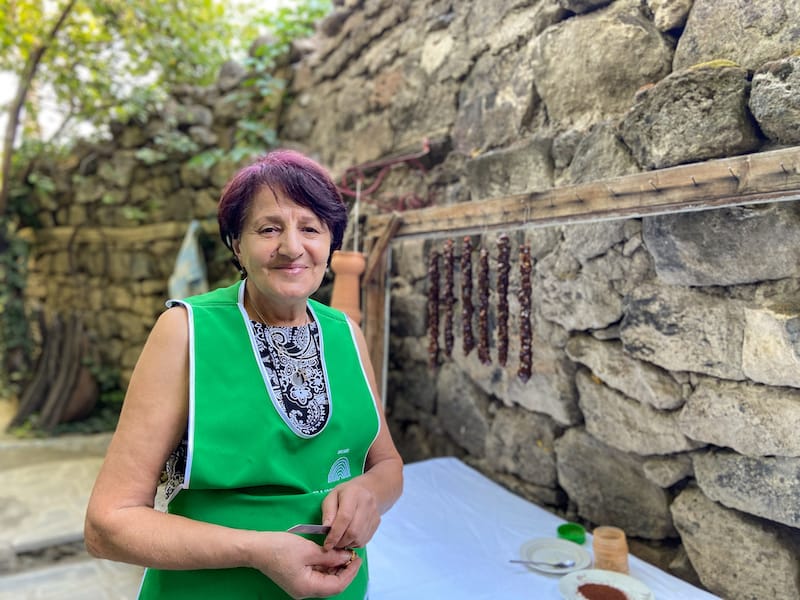
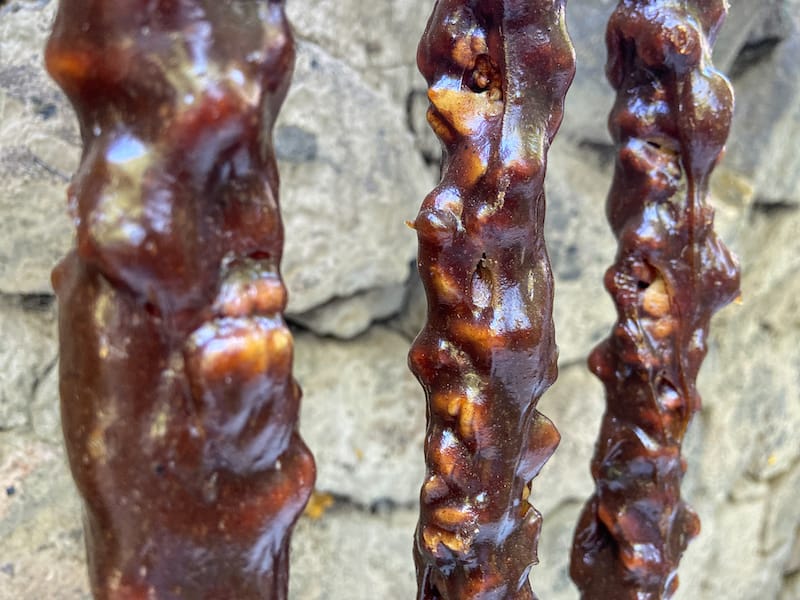
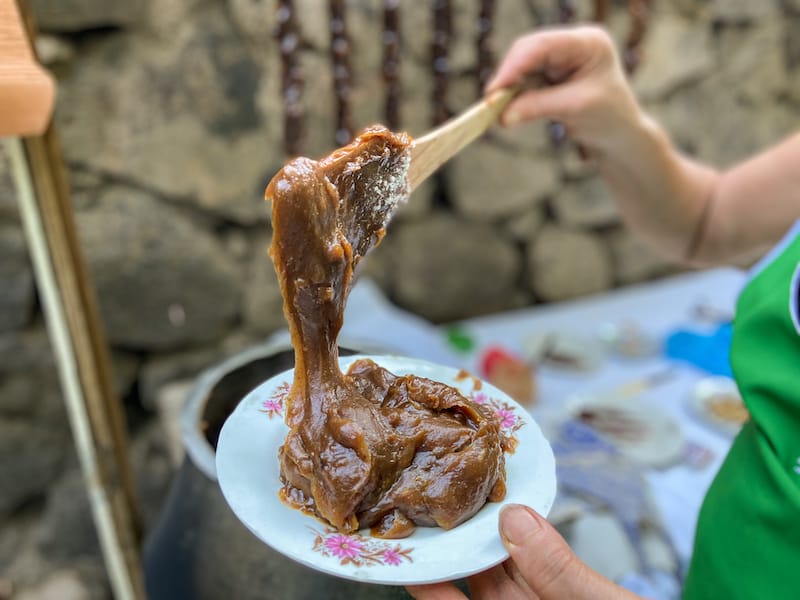
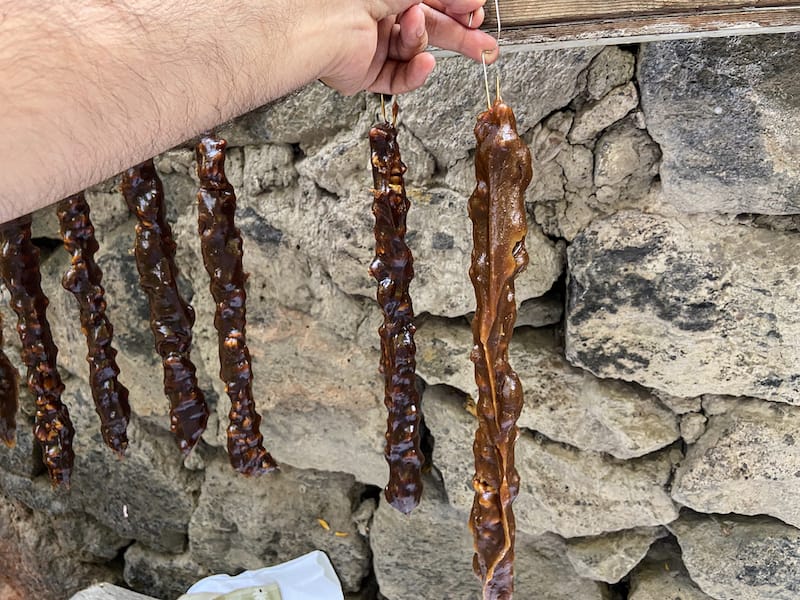
I highly encourage everyone to head out to Tatoents Qotuk and make sweet sujukh, tolma, or pickles. Or simply head out there to see the historical place and have a chat with Hripsime and Arsen.
Their stories and passion for sharing their family’s creation with the world is truly inspiring.
Fun fact: Hripsime and Arsen graduated from the Faculty of Computer Science and Cybernetics during the Soviet Union times.
Cooking Class Booking Details
- Availability: 7 days a week
- Hours: From 10 AM to 9 PM
- Languages: Armenian, Russian, English (request in advance)
- Reservations 48 hours prior
- Duration: 1-1.5 hours
- Contact Page: Facebook
Have you visited Tatoents Qotuk yet? Let us know about your experience in the comments, and we hope that if you haven’t visited just yet, you will shortly!
Additional Ashtarak Travel Guides
- Things to do in Ashtarak
- Old Ashtarak Restaurant
- Yeganyans’ Guest House and Wine Yard
- Places to Stop between Yerevan and Gyumri
**This article was produced with the support of My Armenia, a program funded by the United States Agency for International Development (USAID) and implemented by the Smithsonian Institution. The contents are the sole responsibility of the authors and do not necessarily reflect the views of USAID, the Smithsonian Institution, or the United States Government.

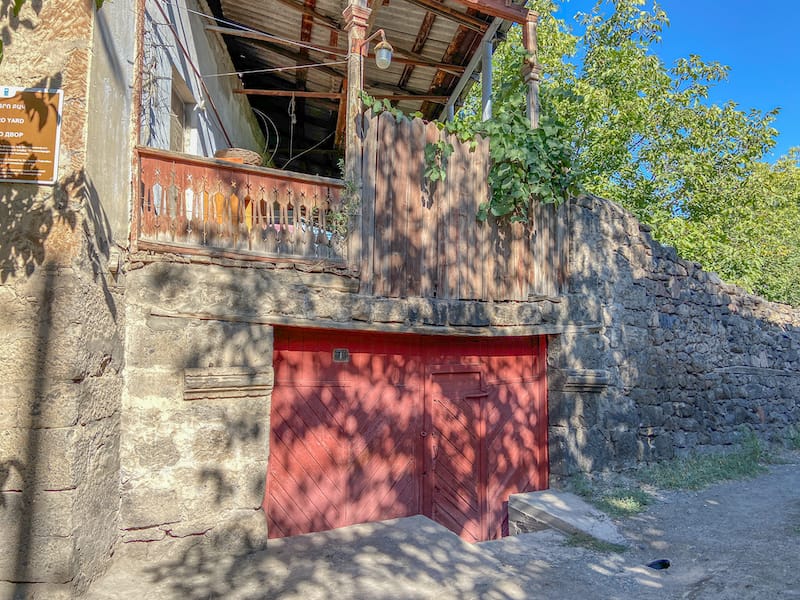
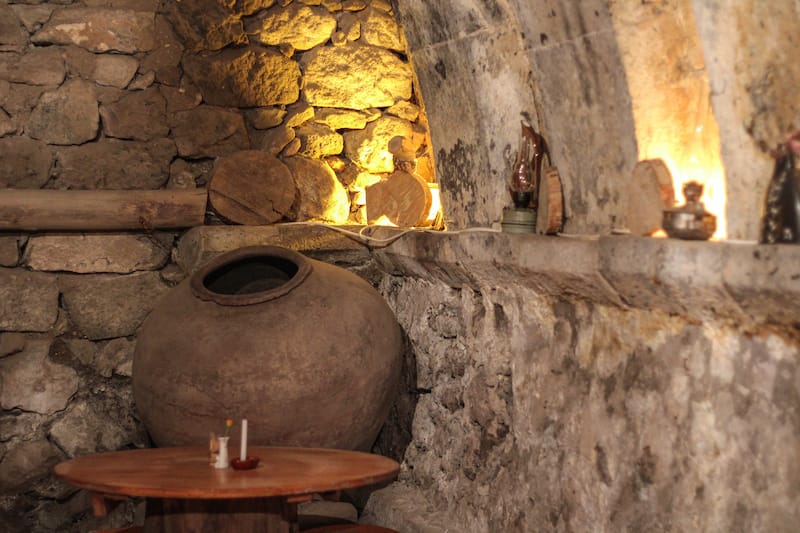
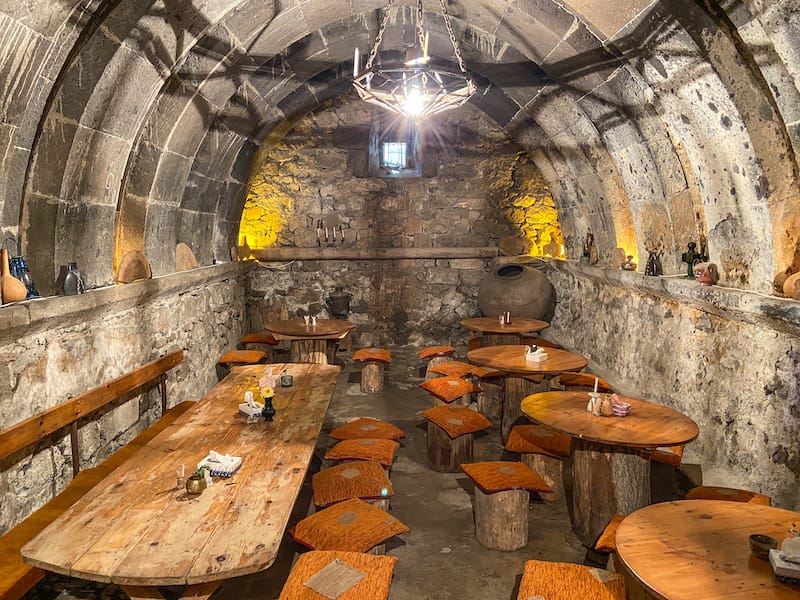
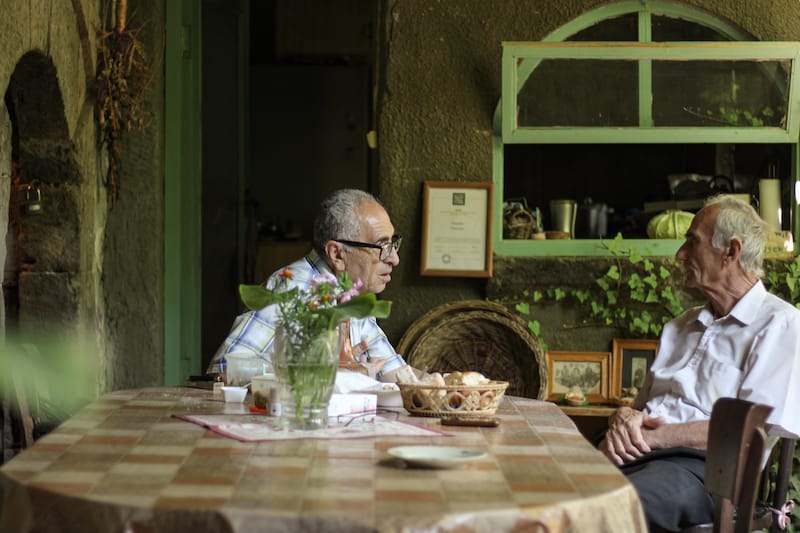
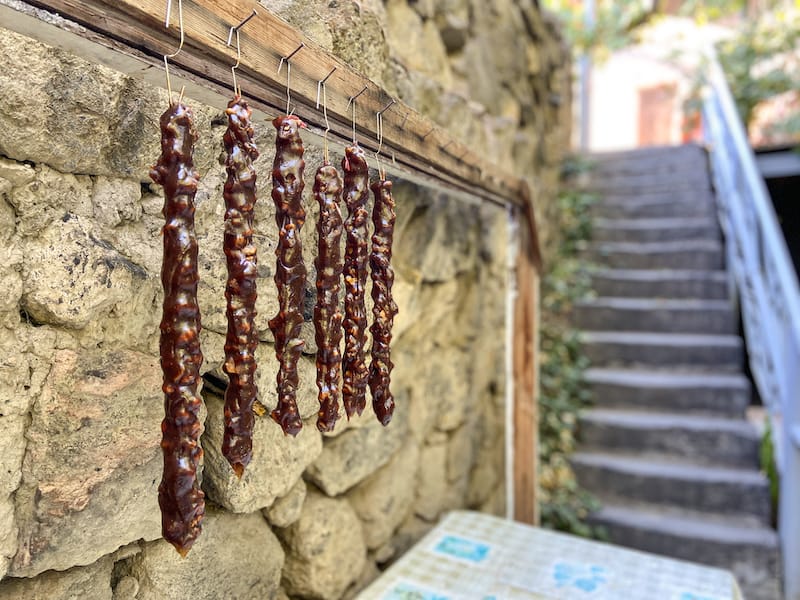
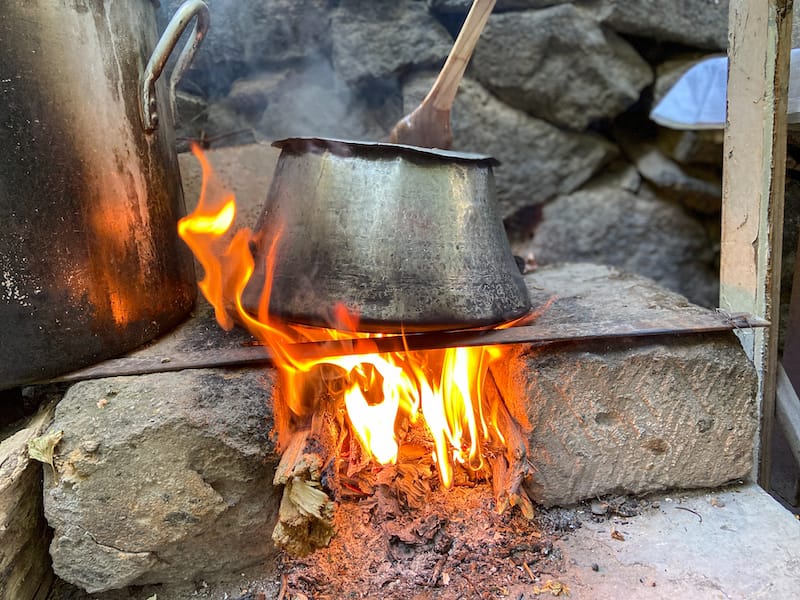
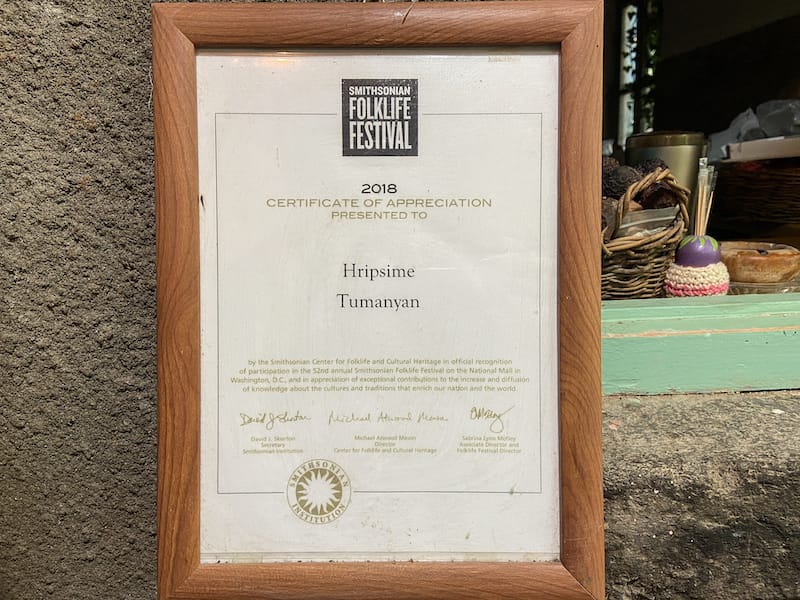
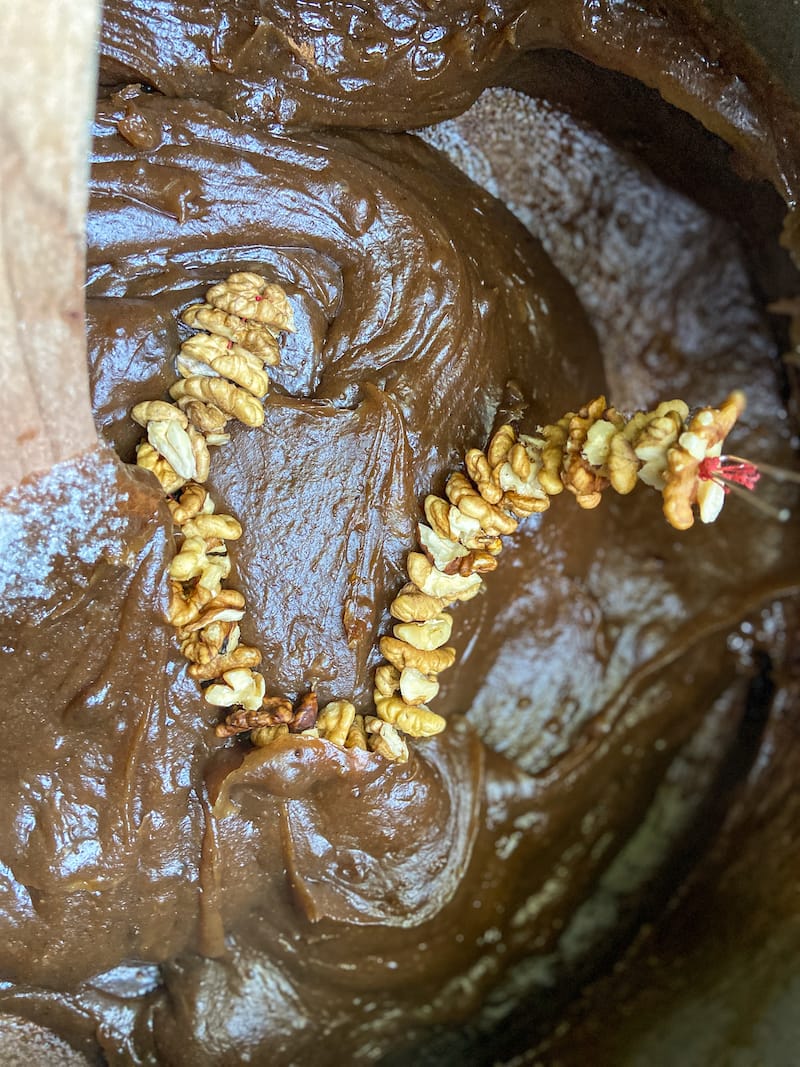
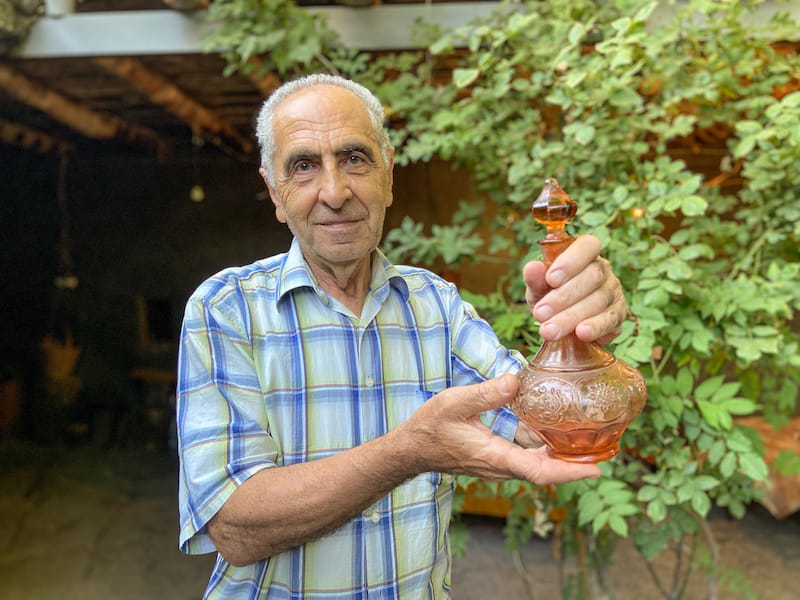
Would love to book a lesson – what is the best way?
Dear Manik!
At the bottom you can find the contact page! Enjoy!